Specifications and features
As the sixth-generation model in the series, the D5600 shares a lot in common with its predecessor, the D5500. It features the same or similar DX-format 24-MP (APS-C) CMOS sensor without AA filter and Expeed 4 processor that delivers 14-bit compressed NEFs at up to 4fps (5fps at 12-bit), as well as Full HD video up to 60 fps at up to 29 min 59 seconds.
It also features the same mature and reliable multi-cam 4800DX 39-point phase-detection AF system (with 9 cross-type focus points), but the D5600 has no internal AF motor (like other recent models in the D5000 series), which limits compatibility to AF-S (and earlier high-end only AF-I) lenses. However, more in line with the typical consumer target, the Nikon D5600 is also fully compatible with the new video-centric AF-P series, the first lenses from Nikon to use a stepper motor.
Often overlooked is Nikon’s innovative use of a carbon-fiber composite monocoque instead of an internal metal chassis, a design introduced with the earlier D5300 and now used in successive D5000 series models as well as in the D3400 and D750. The material is strong, lightweight, and rigid. The new Nikon D5600 measures 4.9 x 3.9 x 2.8” / 124.0 x 97 x 70mm and weighs 1 lb 0.4 oz. / 465g, body only (without battery or card) — slightly more than the earlier D5500.
It is available now at price of around $699 (USD) body only, around $100 over the earlier D5500.
- 24-MP DX -format (APS-C) CMOS sensor
- EXPEED 4 image processor
- 3.2 in 1.04M-dot fully articulating LCD touchscreen monitor
- Full HD video up to 60 fps
- Multi-cam 4800DX 39-point AF (with 9 cross-type focus points)
- ISO 100-25600 (with expansion)
- 5 fps continuous shooting with CAF
- Built-in Bluetooth and WiFi with NFC connectivity
Measurements: Nikon D5600
With an overall DxOMark score of 84 points, the Nikon D5600 sensor is an excellent performer, but with no improvement over the earlier D5500, it looks as if the same the sensor is used in both. Given that it’s the same pixel count, this is hardly surprising, and while that’s no bad thing, it would have been encouraging to see some advancement, especially as the camera specs are practically identical.
Overall, Nikon’s best-performing DX sensor is the one found in the D7200, but the differences in performance between them are so slight that you can pretty much ignore it when making a buying decision.
Comparison 1: Nikon D5600 vs. Nikon D3400 vs. Nikon D5500
Although the more basic entry-level D3400 sensor produces just 12-bit compressed files, it is just marginally ahead in performance of the 14-bit output (also lossy compressed) from the D5600. It is particularly evident in the color sensitivity results, where the D3400 is ahead at low to mid-ISOs but delivers similar results in dynamic range and SNR.
This suggests that the cheaper D3400 uses a different sensor than the D5600, or perhaps a similar one that has been tweaked. The earlier D5500, with which the D5600 shares so much in common, performs practically identically in every metric, so it’s safe to assume there’s no change there. That’s a good thing, as the performance is about as good as it gets.
Comparison 2: Nikon D5600 vs. Canon EOS 80D vs. Sony A6300
For around $200 more than the D5600, you could choose the 24-MP Sony A6300 mirrorless model. It has currently one of the best-performing sensors, although it and even the newer, similar-performing, pricier ($1500) Sony A6500 still don’t quite match the Nikon D7200 (87 points), which is also 14-bit, but lossless compressed, not lossy.
Staying with a DSLR, you could opt for a Canon EOS 80D. Although the price has dropped recently, it is still around $1,100. If you wanted to spend a similar amount to the D5600, however, you would have to consider the 20-MP EOS 70D — a much older camera. But even the 24-MP EOS 80D has slightly less impressive color sensitivity at all ISO settings along with the attendant lower dynamic range.
Conclusion
Nikon’s strategy of offering similar sensor performance throughout the series of DX-format DSLRs continues with the D5600. In some ways, after seeing such good performance so often before, it’s easy to be blasé or apathetic. Given that the only weak point of the D5600 is that we’ve come to expect more from an update, it is perhaps somewhat unfair to criticize Nikon for releasing the D5000 (and D3000) models so frequently. Nevertheless, with 24-MP in DX format being extremely demanding on lens performance, it is unlikely that we’ll see an increase in pixel count until Nikon updates more lenses, or expands the range of AF-P lenses in the lineup. Needless to say, the Nikon D5600 is difficult to ignore and a solid choice at the price.


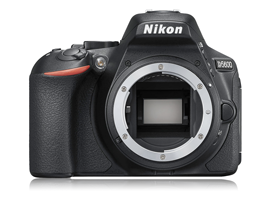






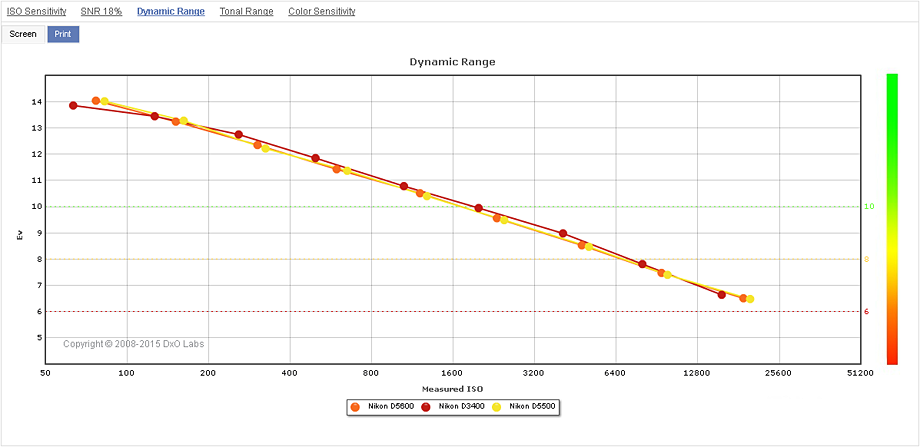

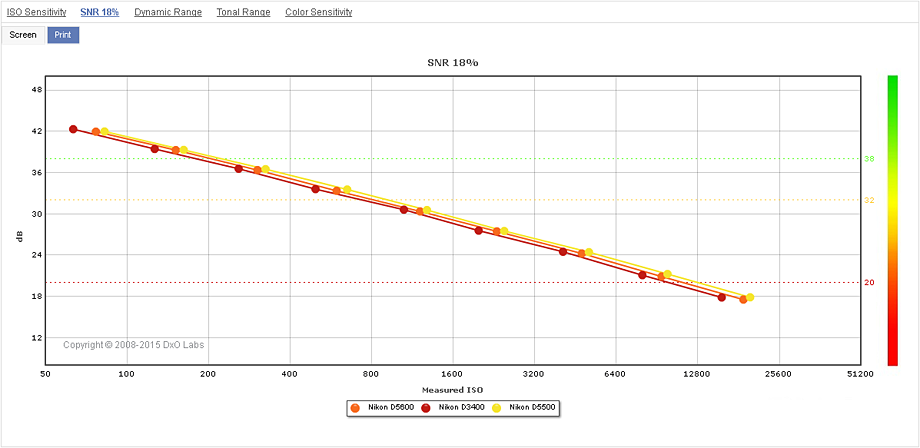
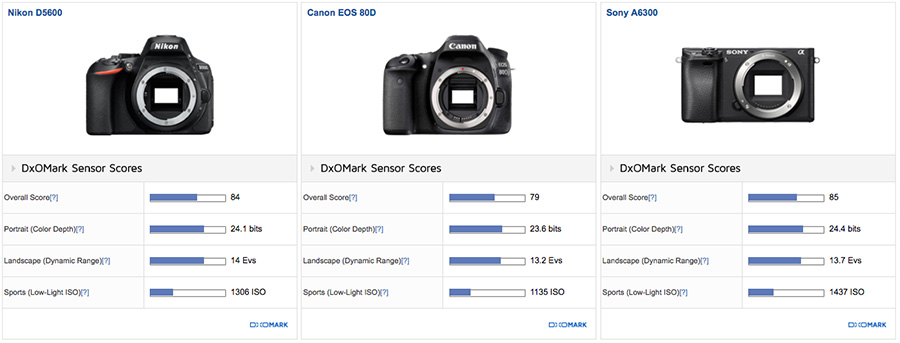


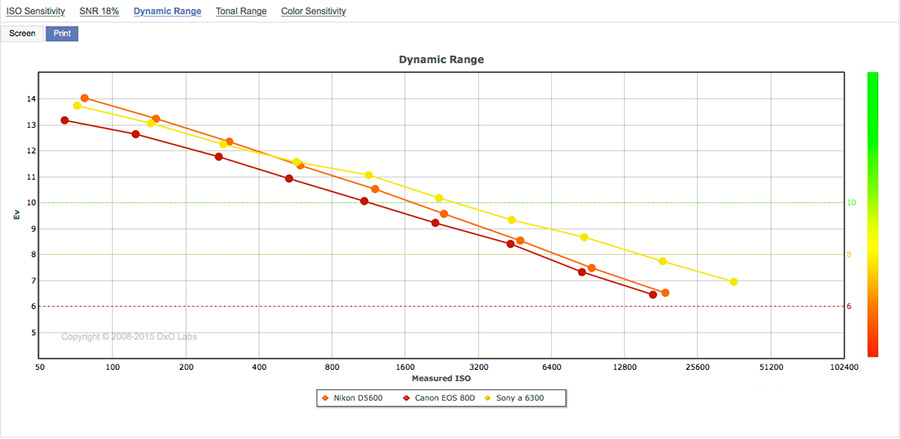
DXOMARK encourages its readers to share comments on the articles. To read or post comments, Disqus cookies are required. Change your Cookies Preferences and read more about our Comment Policy.